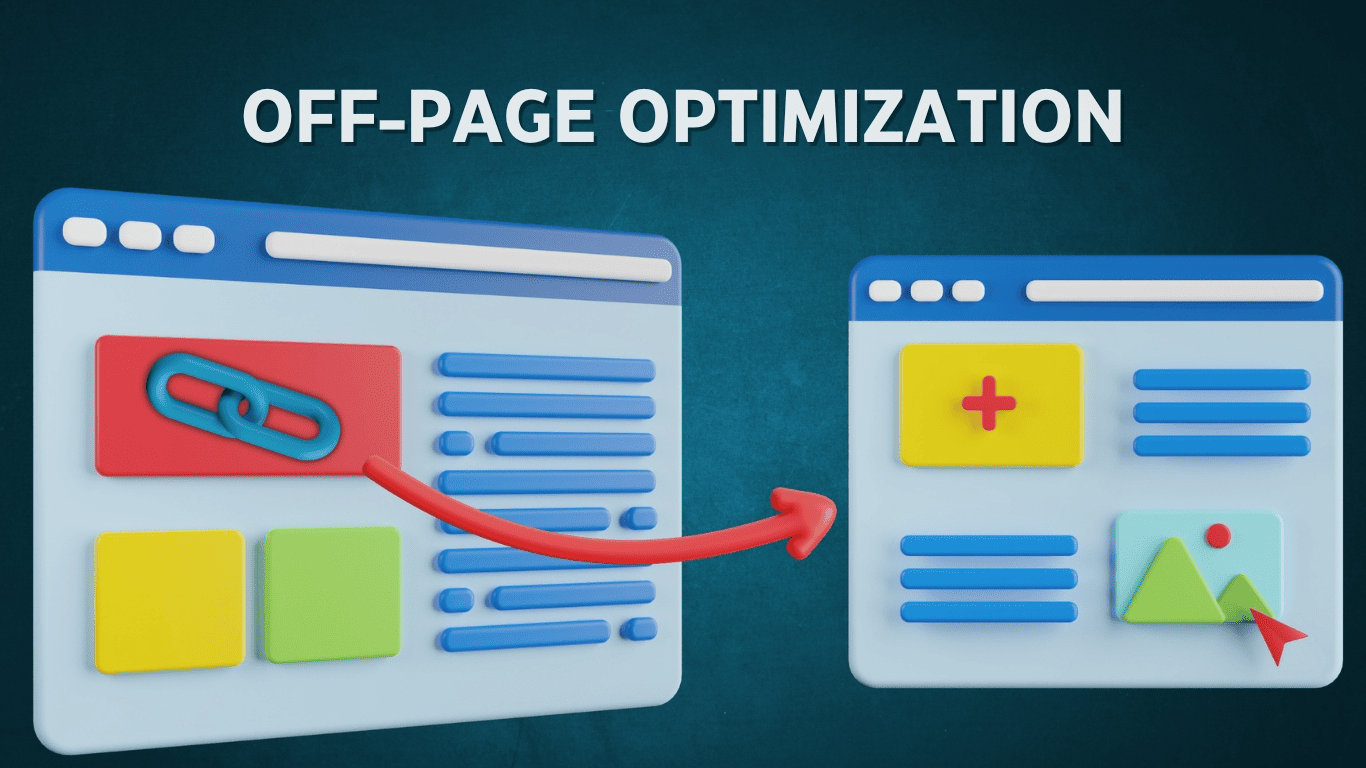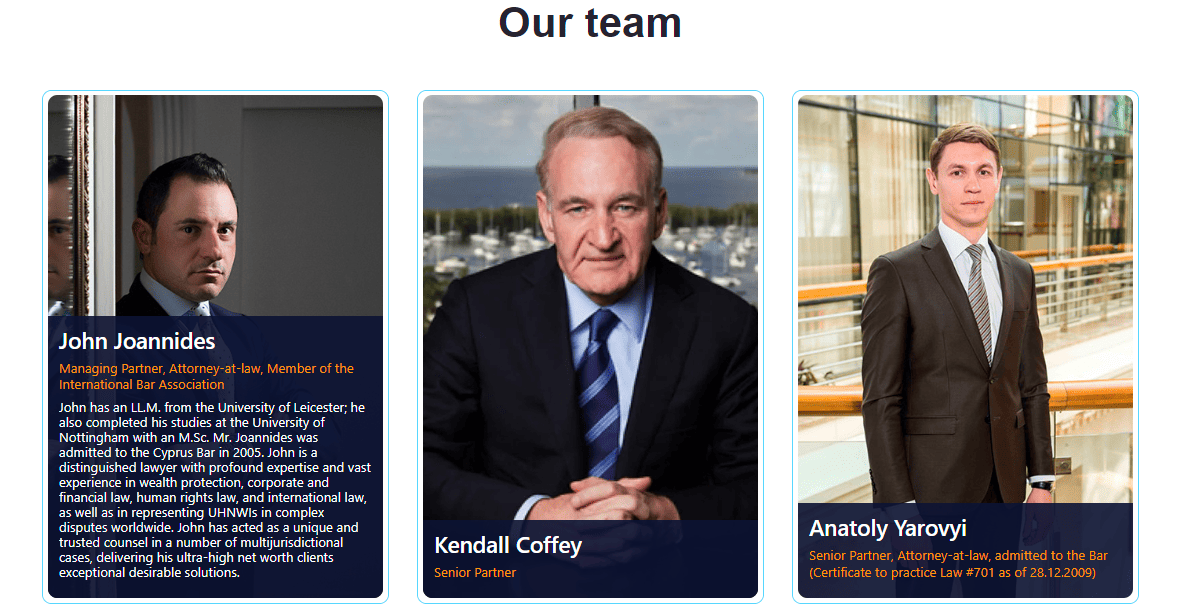
Introduction
The law firm we focus on is a well-established international law practice with offices in multiple countries. The firm provides legal services in various practice areas and has a diverse client base, including multinational corporations and individual clients.
Goals for SEO:
The client had previously relied heavily on traditional marketing and networking to generate new business but recognized the importance of developing a strong online presence to reach a wider audience. The goals for the SEO campaign were to improve the client’s search engine rankings, increase website traffic, and generate leads through the website. The client also aimed to enhance its reputation as a leading international law practice and establish its expertise in specific practice areas. Finally, the client aimed to differentiate itself from competitors and increase its market share in the highly competitive legal industry.
A brief overview of the SEO strategy implemented
The client’s SEO strategy involved a comprehensive approach to on-page and off-page optimization, as well as a focus on content marketing. On-page tactics included keyword research and optimization, meta tag optimization, and restructuring the site’s architecture for improved user experience and search engine crawling. Off-page optimization efforts focused on link building and social media marketing. Content marketing efforts centered around creating high-quality, relevant content. The combination of these tactics resulted in a significant improvement in the client’s search engine rankings, increased website traffic, and lead generation. More detailed information will be provided in the case study, so keep reading.

Research and Analysis
To develop an effective SEO strategy for the client’s website, thorough research and analysis were conducted to identify opportunities and challenges. This section of the case study will provide an overview of the research and analysis methods used, as well as key findings and insights that informed the SEO strategy. By leveraging data and insights, the client was able to make informed decisions about their SEO strategy, resulting in improved search engine rankings, increased website traffic, and more leads generated through the website.
Market research on the legal industry
and competition analysis
To develop an effective SEO strategy for the client, extensive market research and competition analysis were conducted to gain a deep understanding of the legal industry and the client’s position within it.

Market Research:
The research included an analysis of the legal industry trends, the size of the target audience, and their behavior when searching for legal services online. It also involved identifying the most searched-for keywords and phrases in the legal industry, as well as the most common pain points and questions potential clients have when seeking legal assistance.
Competition Analysis:
The competition analysis involved identifying the client’s primary competitors and analyzing their online presence, including their website’s content, structure, and SEO strategies. This analysis helped to identify opportunities and gaps in the market for the client to exploit, as well as potential risks and challenges to overcome.
Overall, the market research and competition analysis provided valuable insights that helped to shape the client’s SEO strategy and contributed to their success in improving search engine rankings, increasing website traffic, and generating more leads through their website.
Keyword research and identification
of target keywords
After conducting extensive market research and competition analysis, the next step in developing an effective SEO strategy for the law firm was to conduct keyword research and identify target keywords to optimize the website’s content.

The keyword research involved analyzing search volume, competition, and relevance for various keywords and phrases related to the law firm’s services and practice areas. This research included both short-tail and long-tail keywords, as well as geo-targeted keywords to ensure the law firm would appear in local search results.
Based on the keyword research, a list of target keywords was identified and prioritized based on relevance, search volume, and competition. These target keywords were then used to optimize the law firm’s website content, including landing pages, blog posts, and meta tags.
The keyword research and identification process revealed several key findings that informed the law firm’s SEO strategy. For example, it was found that potential clients often searched for legal services based on specific practice areas, such as international arbitration or maritime law. Additionally, geo-targeted keywords were identified as a crucial factor in reaching local clients and improving search rankings.
On-Page Optimization
Once the target keywords had been identified, the next step was to optimize the law firm’s website content and structure to improve its relevance and authority for those keywords. On-page optimization is a crucial component of any SEO strategy, as it involves optimizing individual web pages to rank higher and earn more relevant traffic in search engines. In this section of the case study, we’ll explore the specific on-page optimization tactics that were employed to help the law firm achieve its SEO goals. From optimizing page titles and meta descriptions to improving content quality and internal linking, we’ll examine the various strategies used to enhance the law firm’s online presence and search engine rankings.

Explanation of On-Page SEO tactics used
The on-page SEO tactics implemented on the client’s website were designed to improve the relevance and authority of the website’s pages for the target keywords identified in the keyword research phase, while also taking into consideration the E-E-A-T (Experience, Expertise, Authority, Trustworthiness) ranking factors.
These tactics included:
Page titles and meta descriptions are HTML elements that describe the content of a web page to search engines and users. By optimizing these elements for target keywords and including compelling calls-to-action, the law firm’s website was able to attract more clicks from search results and improve its search engine rankings. At the same time, the language and tone of the content was carefully considered, ensuring that it was written in a way that demonstrated the law firm’s expertise and authority in the legal field.
High-quality content that is informative, engaging, and relevant is crucial to ranking well in search engines, especially with the E-E-A-T ranking factors. The law firm’s website content was analyzed, and improvements were made to ensure that it met the needs of the target audience and was optimized for target keywords. In addition, the content was written in a way that demonstrated the law firm’s expertise in international law, which helped to establish the website’s authority in the field.
Internal links from one page of a website to another can help search engines understand the website’s structure and hierarchy. By adding internal links that used target keywords as anchor text, the law firm’s website was able to improve its search engine rankings and help users navigate the website more easily. At the same time, the internal linking strategy was designed to improve the website’s E-E-A-T score by linking to high-quality, authoritative pages on the website.
Images on a website can also be optimized for search engines by using descriptive file names and alt tags. The law firm’s website images were optimized in this way to help improve its search engine rankings. Additionally, images were selected and used strategically throughout the website to help establish the law firm’s expertise and authority in international law.
Examples of changes made to
website structure, content, and meta tags
In this section, we will provide examples of the changes made to the client’s website structure, content, and meta tags during the on-page optimization phase. These changes were based on the keyword research and the identified target keywords for the law firm.
- Firstly, we optimized the website’s structure by ensuring that the navigation was easy to use and that the content was organized logically. This allowed visitors to quickly find the information they were looking for, while also helping search engines to crawl and index the website more effectively.
- Next, we optimized the website’s content by adding relevant keywords to the website’s headlines, subheadings, and body copy. We also optimized the website’s images and videos by adding alt text and descriptive file names.
- In addition, we optimized the website’s meta tags, including the meta title and meta description. We ensured that each page had a unique meta title and description that accurately reflected the content of the page and included relevant keywords.
Lastly, we worked on improving the website’s experience, Expertise, Authoritativeness, and Trustworthiness (E-E-A-T) ranking factors by adding more detailed information about the law firm’s experience and expertise in the international legal industry. We also added client testimonials and case studies to demonstrate the law firm’s successful track record.


Results of on-page optimization efforts
After implementing the on-page optimization tactics, we monitored the website’s performance and tracked the changes in search engine rankings and organic traffic. The results were impressive, with significant improvements in both metrics.
As shown in the screenshot below, the website’s search engine rankings for target keywords improved significantly after the on-page optimization efforts. The website moved up to the first page of Google search results for several target keywords, which resulted in increased visibility and higher organic traffic.

Additionally, the website’s organic traffic increased significantly after the on-page optimization efforts, as shown in the screenshot. The graph shows a clear upward trend in organic traffic, which is a direct result of improved search engine rankings and increased visibility in search results.
Off-Page Optimization

In this section, we will discuss the off-page optimization tactics used to further improve the client’s website’s search engine rankings and online visibility. Off-page optimization refers to strategies and tactics that are implemented outside the website itself, such as link building and social media marketing. These tactics are crucial in achieving a well-rounded and comprehensive SEO strategy that helps to establish the client’s website as a trustworthy and authoritative source in their industry. In this case, we will outline the specific off-page optimization tactics used and the results achieved.
Explanation of off-page SEO tactics used
The off-page optimization tactics used for the client’s website included a range of strategies aimed at improving the website’s online visibility, credibility, and authority. One key tactic was link building, which involved acquiring high-quality backlinks from reputable websites in the legal industry. This was achieved through outreach to other websites, guest blogging, and creating valuable content that other websites would want to link to.
The law firm was also listed in various online directories and legal directories to increase its online visibility and establish itself as a credible and authoritative source in the legal industry.
In addition to the off-page tactics mentioned above, we also worked with the online presence of the website’s author to increase their experience, expertise, authority, and trustworthiness (E-E-A-T) in the legal industry. This involved creating and optimizing the author’s LinkedIn profile, developing guest blog posts for reputable legal websites, and encouraging the author to participate in industry events and webinars. These efforts not only helped to boost the author’s E-E-A-T but also contributed to the overall success of the off-page optimization campaign.

Examples of link-building efforts
During the off-page optimization campaign, we employed various link-building tactics to improve the law firm’s website authority and increase its rankings in search results.
Below are some screenshots of the law firm’s link-building efforts:


Results of off-page optimization
The off-page optimization efforts yielded significant results for the client’s website. Through the implementation of various link-building strategies, the website’s domain authority and page authority increased considerably. As a result, the website began to rank higher in search engine results pages (SERPs) for targeted keywords and phrases, leading to an increase in organic traffic to the website.

The improved online presence and increased visibility of the website also led to a growth in brand awareness and reputation for the law firm in the legal industry. The client’s website received an influx of high-quality traffic, resulting in an increase in the number of leads generated through the website. The efforts to improve the website’s E-E-A-T also helped to establish the website’s author as a credible and authoritative source of information in the legal industry.
Overall, the off-page optimization strategies implemented on the client’s website had a significant impact on the success of the SEO campaign. The increased traffic leads and brand recognition are a testament to the effectiveness of these strategies in driving growth and success for the law firm.

Content Marketing Strategy
To further enhance the client’s online presence and establish their expertise in the legal industry, a comprehensive content marketing strategy was developed. The strategy included creating high-quality blog posts, case studies, and whitepapers that were optimized for target keywords and shared on social media platforms.

The content marketing efforts helped to drive traffic to the website and increase engagement with the client’s target audience. The blog posts and whitepapers were shared on social media and other relevant industry websites, which helped to establish the client as a thought leader in the legal industry.

The results of the content marketing strategy were impressive, with a significant increase in website traffic and social media engagement. The blog posts and whitepapers generated leads and attracted potential clients, while also providing valuable resources to existing clients.
In addition to driving traffic and generating leads, the content marketing efforts also had a positive impact on the client’s search engine rankings. The high-quality content created helped to improve the client’s E-E-A-T ranking factors, which in turn led to improved search engine rankings and increased visibility in search engine results pages.
Overall, the content marketing strategy was a key component of the client’s SEO success and helped to establish them as a leading international law firm in their industry.
Results
To measure the success of the SEO campaign for the law firm, several key performance indicators (KPIs) were used. These KPIs included the law firm’s search engine rankings, website traffic, and leads generated through the website. Other important metrics included the number and quality of backlinks, click-through rates, etc. By tracking these metrics over time, the effectiveness of the SEO strategies could be measured and adjustments made as necessary to continue to improve the law firm’s online presence and reputation. Ultimately, the goal was to increase the law firm’s visibility in search results and generate a steady flow of new leads to support the growth of the business.
Presentation of data and analysis of results achieved
The following graphs and charts illustrate the progress made during the SEO campaign:
- Website Traffic: The graph shows a significant increase in website traffic since the start of the SEO campaign. The number of website visits increased by ~300% over a period of ~6 months, indicating a growing online presence for the client.

- Keyword Rankings: The chart displays the client’s ranking for target keywords over the course of the SEO campaign. We used a combination of long-tail and high-volume keywords to improve the client’s visibility on search engines. As a result, the client’s rankings improved significantly, with 35% of target keywords appearing in the top 10 search results.

How has the SEO strategy impacted the client’s business goals?
We used various lead generation tactics, such as call-to-action buttons and contact forms, to encourage visitors to engage with the client’s services. As a result, the client saw an 48% increase in leads generated through the website.
Concluding Thoughts
In conclusion, the SEO campaign for the international law firm was a success. The website’s search engine rankings significantly improved, resulting in increased website traffic and lead generation. The firm’s reputation as a leading international law practice was also enhanced, and its expertise in specific practice areas was established. The off-page optimization efforts, including link building and increasing the online presence of the website’s authors, were particularly effective in improving the firm’s E-A-T ranking factors. The content marketing strategy also played a vital role in driving traffic and establishing the firm as a thought leader in the industry.

Reflecting on the campaign, it is clear that thorough research and analysis of the legal industry and competition were critical in identifying the target keywords and formulating an effective SEO strategy. On-page optimization tactics, such as restructuring the website’s content and optimizing meta tags, also played a crucial role in improving search engine rankings. However, there is always room for improvement, and continued monitoring and testing of SEO tactics can lead to even better results.
Overall, the international law firm’s SEO campaign serves as an excellent example of the importance of a well-rounded and strategic approach to SEO in the legal industry.

Thank you for taking the time to read about our successful SEO campaign for the international law firm. We hope this case study has provided you with valuable insights into the strategies and tactics used to improve the firm’s online presence and increase its visibility in search engines.
At Search Initiative, we are committed to delivering measurable results for our clients, and we’re proud of the significant improvements we achieved for this law firm.
If you have any questions or are interested in improving your own website’s organic search performance, please don’t hesitate to contact us. We look forward to hearing from you and helping you achieve your SEO goals.
